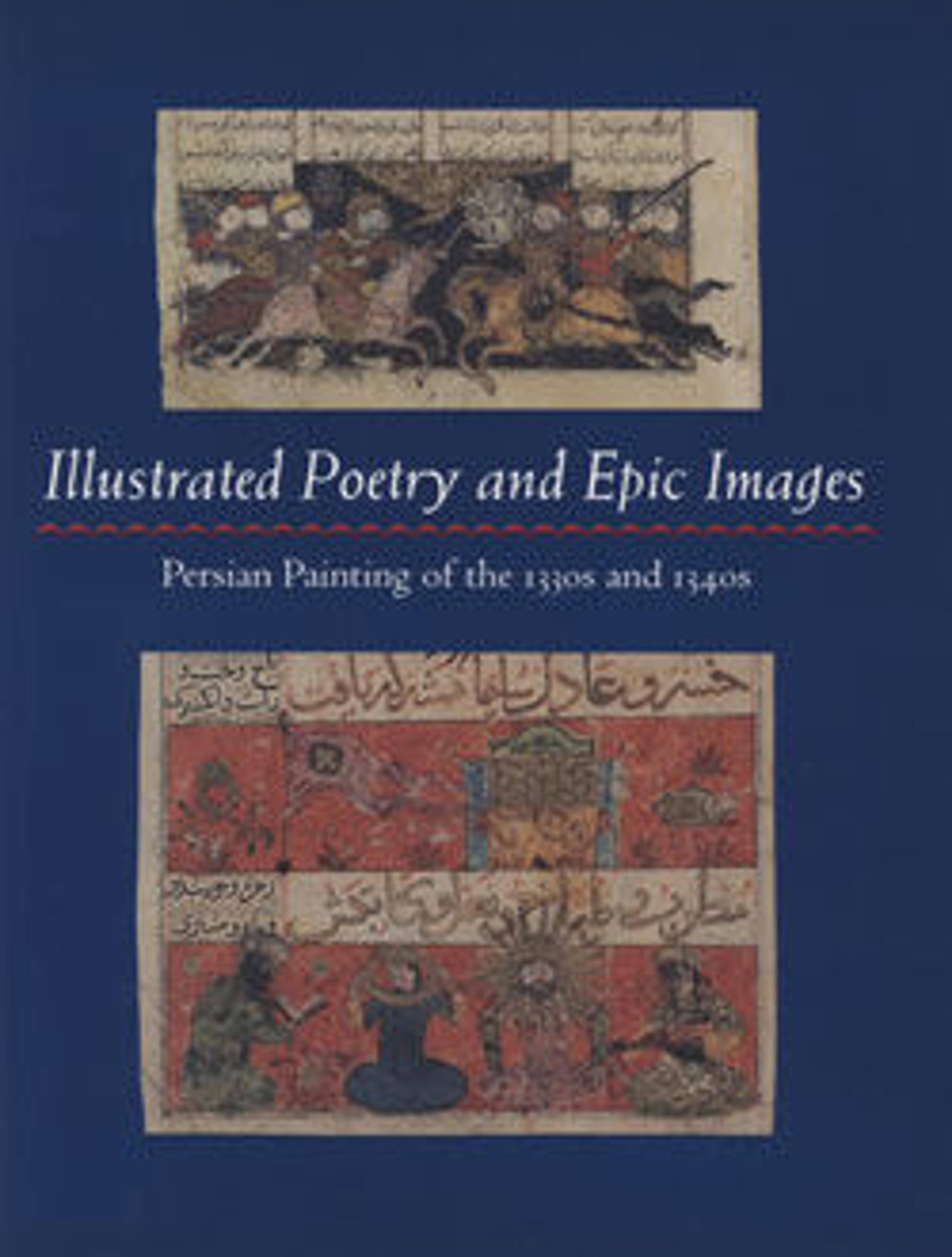"Isfandiyar Slays Arjasp", Folio from a Shahnama (Book of Kings)
Prince Isfandiyar's sisters were imprisoned in the Brazen Hold by the Turanian chieftain Arjasp. Disguised as a merchant with a caravan laden with desirable goods and treasures, the prince is able to enter the magically impregnable prison. He releases his troops, which are hidden in the caravan boxes, and they capture the Brazen Hold, killing all its defenders; the Iranian hero personally dispatches the reprehensible Arjasp. In the epic, the battle in the fortress takes place in the dead of night, with Arjasp wakened by the din and strapping on his armor. Here, however, he is shown having just been dragged down from his throne by Isfandiyar, who holds him by the hair while cleaving him with his sword; thus the spirit of the narrative is dynamically presented, even if some details are altered.
Artwork Details
- Title:"Isfandiyar Slays Arjasp", Folio from a Shahnama (Book of Kings)
- Author:Abu'l Qasim Firdausi (Iranian, Paj ca. 940/41–1020 Tus)
- Date:ca. 1330–40
- Geography:Attributed to Iran, probably Isfahan
- Medium:Ink, opaque watercolor, gold, and silver on paper
- Dimensions:Page:
H. 8 1/16 in. (20.5 cm)
W. 5 5/16 in. (13.5 cm)
Painting:
H. 1 13/16 in. (4.6 cm)
W. 4 1/4 in. (10.8 cm) - Classification:Codices
- Credit Line:Bequest of Monroe C. Gutman, 1974
- Object Number:1974.290.29
- Curatorial Department: Islamic Art
More Artwork
Research Resources
The Met provides unparalleled resources for research and welcomes an international community of students and scholars. The Met's Open Access API is where creators and researchers can connect to the The Met collection. Open Access data and public domain images are available for unrestricted commercial and noncommercial use without permission or fee.
To request images under copyright and other restrictions, please use this Image Request form.
Feedback
We continue to research and examine historical and cultural context for objects in The Met collection. If you have comments or questions about this object record, please contact us using the form below. The Museum looks forward to receiving your comments.
